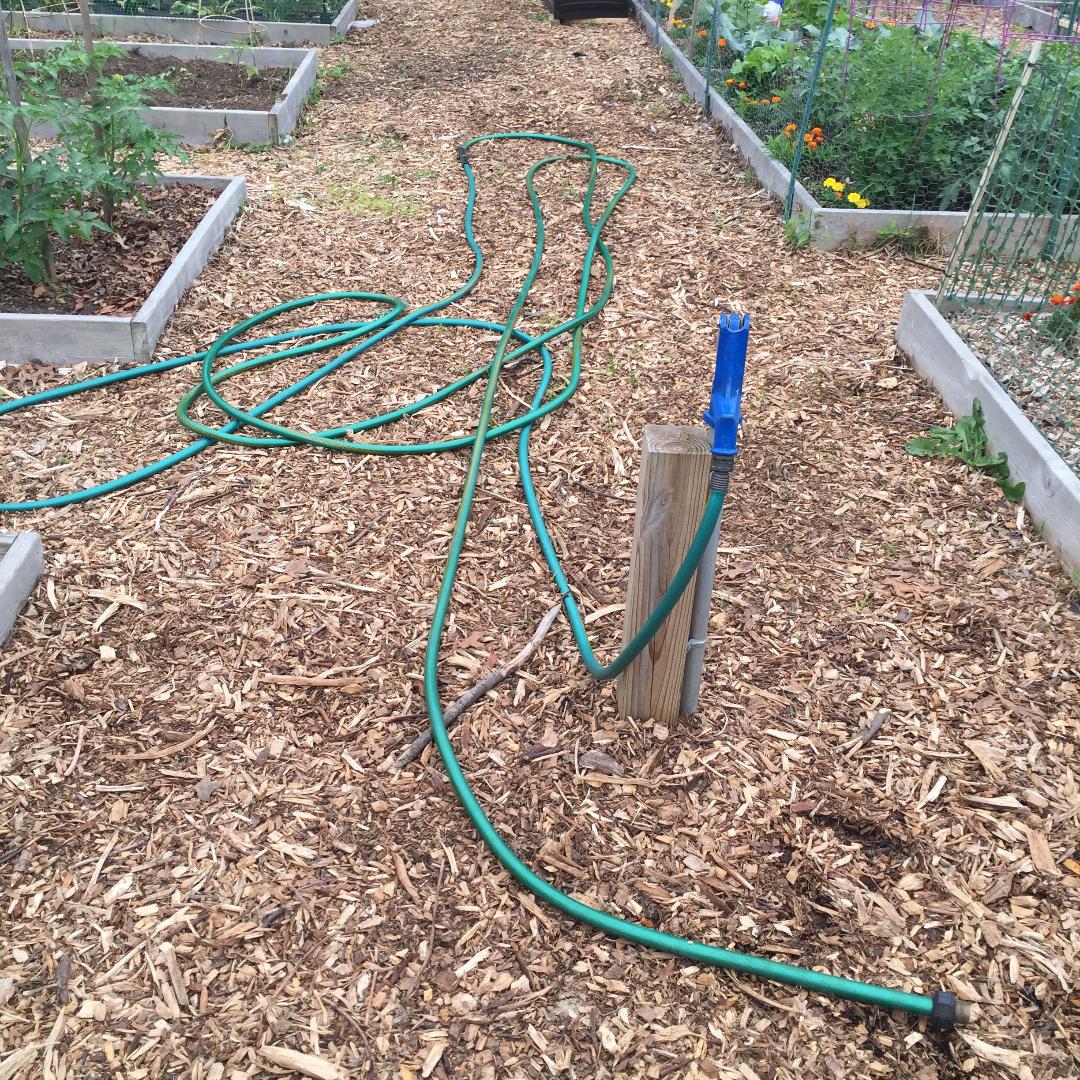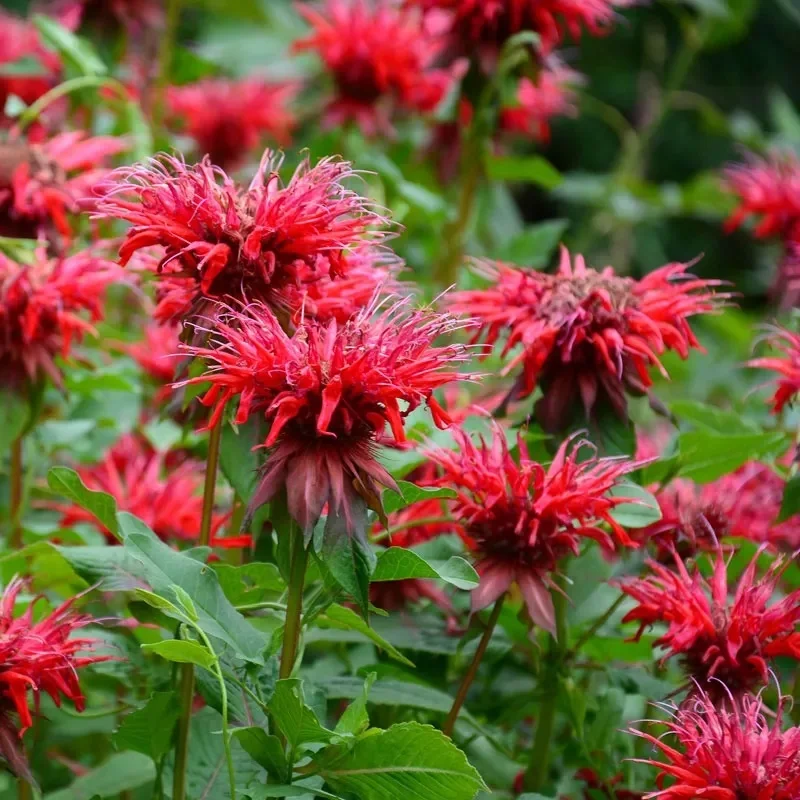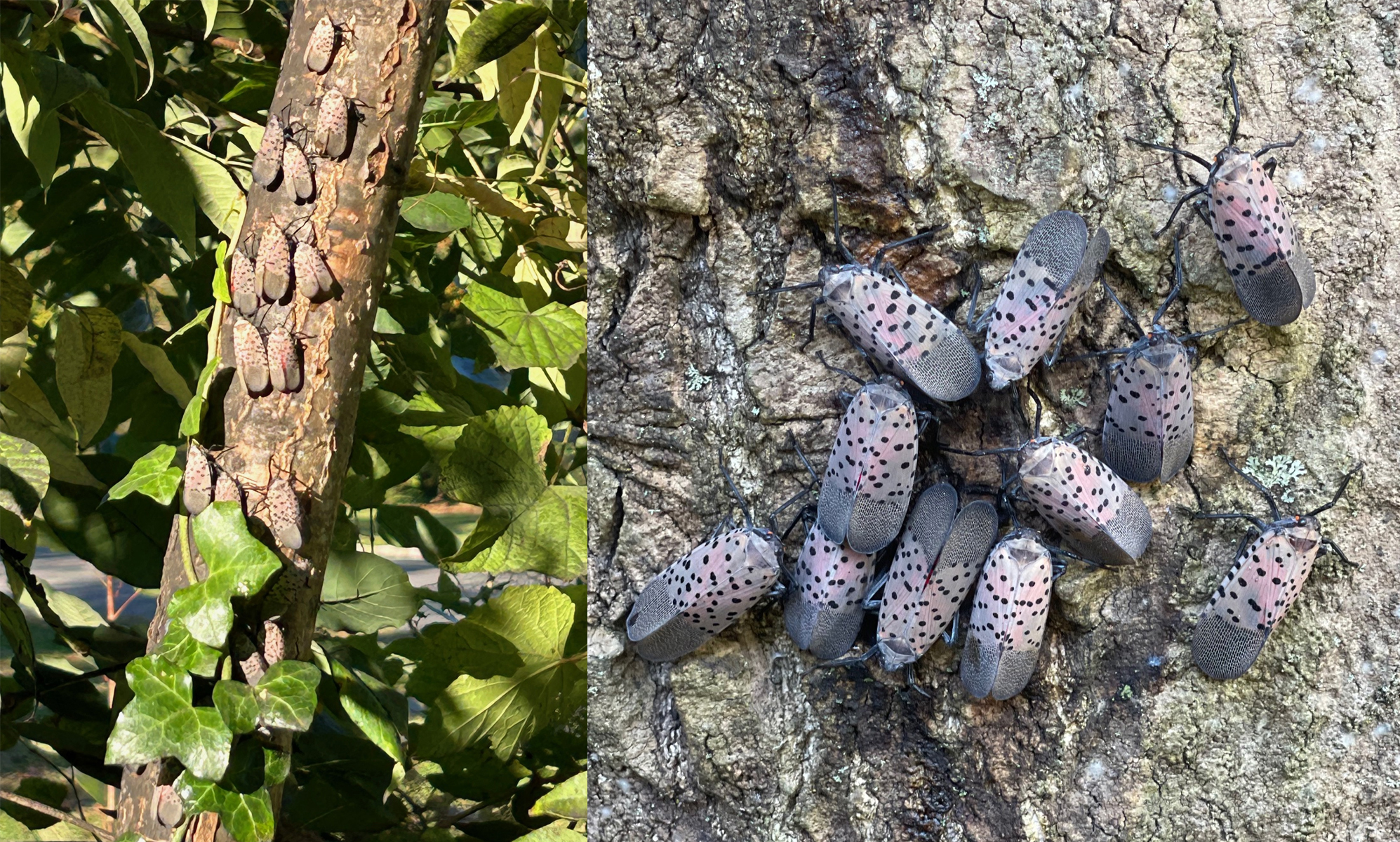
Be a Water-Wise Gardener!
Do you want to be a water-wise gardener? Are you looking for effective ways to properly water and reduce unnecessary water usage on your property? You’ll save on water bills (some extra green in your pocket), waste less of this non-renewable resource, and have fewer problems with diseases. You can have a beautiful lawn and landscape when you learn a few tricks of the trade.
Long Island Water
Do you know where our water on Long Island comes from? Aquifers, deep in the earth, contain the ground water that we rely on. It takes many, many years for rainwater to percolate through soil and reach the aquifer. How much rain do we get? On average, Long Island receives about 44-48 inches of precipitation each year, some as rain, some as snow. July tends to be the driest month of the year; March usually is the wettest.
Conserve water
- Use mulch on landscape and garden beds. One to two inches of organic mulch conserves needed soil moisture and easily gets the job done.
- Water early in the morning. Good gardeners know not to water during the heat of the day when valuable water can be lost to evaporation.
- Use a soaker hose to deliver water right to where it’s needed – the roots! (If you don’t like the look of a soaker hose, bury it under the mulch.)
- Make sure your garden needs water before you water. Sounds a bit silly, but you can’t put plants on a set watering schedule. And when you do water, water deeply; daily sprinklings do more harm than good. If the soil is moist an inch or two below the surface, water is not needed!
- Keep weeds to an absolute minimum. Besides competing with desirable plants for needed soil moisture, weeds also rob nutrients for plant growth!
How to water
The short answer – it depends on the plant and the soil conditions. Some plants require more moisture, others require less. Sandy, porous soils generally need more frequent irrigation as opposed to clay soils that are heavy and slow to drain.
Lawns need 1 to 1 ½ inches of water each week. The best way to apply this is in one application – running the sprinkler for as long as necessary to apply that amount. Daily sprinklings are NOT the way to water! And if we have adequate rainfall during that week, then supplemental water is not needed. However, lawns grown on sandy soils (rarely the case on the north shore of Long Island), especially during periods of high heat, may need to be water more frequently.
Established trees and shrubs in landscape settings need about an inch of water each week – again as much, if not all of it, in one application. The use of mulch on landscape beds should help conserve needed soil moisture. And if Mother Nature comes through with adequate rainfall, you do not need to water! Established perennials will enjoy the same care.
Vegetable gardens and annual flowerbeds need to be monitored a little more closely for water. These annual plantings have shallow root systems so their need for water is greater! Check every few days for water. Soil moisture is needed in the top 6-8 inches of soil.
Hanging baskets, planters and window boxes need to be checked daily for water. Wind, exposure, and minimal soil are all reasons they tend to dry out quickly.
A word or two about new plantings… their water requirements need to be monitored more closely until they become established. Newly seeded or sodded lawns should be checked daily for water. New plantings of trees, shrubs, perennials need adequate moisture but not saturated soil conditions. Check the soil before you water. And when you do water, make sure the root ball of the plant and surrounding soil is moist.
When to water
Whenever possible – water early in the morning. Doing so allows the leaves to dry before evening. Why is this important? If you want to minimize certain fungal disease problems in your landscape, water early in the day, not in the evening. Sunshine will dry excess moisture on the leaves that could otherwise spread disease.



